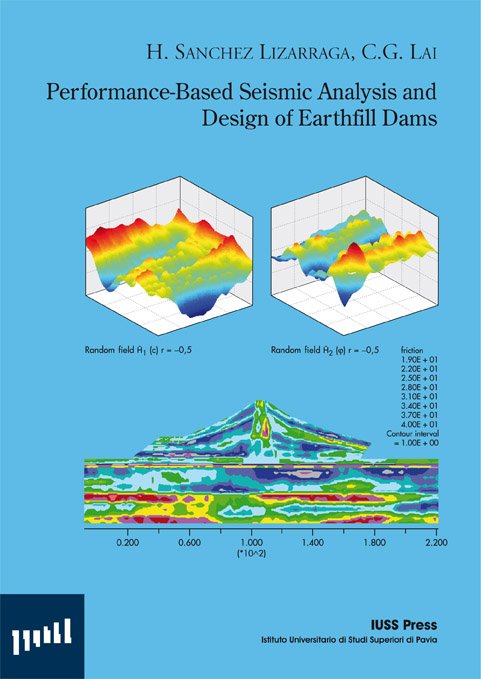Catalogo

Performance-Based Seismic Analysis and Design of Earthfill Dams
24/02/2012
Valutazione e Consolidamento Sismico dei Ponti Esistenti
01/01/2013Developing Direct Displacement-based Design and Assessment Procedures for Performance-based Earthquake Engineering
Il prezzo originale era: € 25,00.€ 18,75Il prezzo attuale è: € 18,75.
D.P. Welch, T.J. Sullivan, G.M. Calvi
Research Report Rose 2012/03
ISBN: 978-88-6198-081-5
The concept of performance-based earthquake engineering has received increasing attention over the past few decades in an ongoing effort to better control the expected seismic behaviour of structures.
Esaurito
The concept of performance-based earthquake engineering has received increasing attention over the past few decades in an ongoing effort to better control the expected seismic behaviour of structures. As a direct result of collaborative efforts across the field of earthquake engineering, the capability of existing methods to incorporate monetary losses and seismic risk into the assessment has been realized with current applications pertaining to the assessment of large populations of buildings providing assistance to decision makers on a city-wide or regional scale. There is an increasing need, however, to provide engineers with practical tools for loss assessment of individual buildings in order to enhance the value of the engineer-owner interface upon which specific design and retrofit decisions can be made. The PEER performance-based earthquake engineering framework signals an important step towards the realisation of such building-specific loss assessment tools. However, some consider that comprehensive probabilistic methodologies, such as that incorporated within the PEER framework, could be too complex for most practising engineers. As such, this report presents the development of a simplified probabilistic loss assessment methodology that builds on the direct displacement-based assessment framework developed by Priestley and others. The simplified loss assessment methodology is based on the definition of key limit states that best signify the relationship between expected loss and seismic intensity (demand) in the form of a total loss curve. The expected annual losses for a given structure are then estimated through simple integration of the total loss curve. The trial methodology is tested in this work through examination of a 4-storey RC frame case-study building. The direct losses estimated for the building by the new simplified loss assessment approach are compared with the losses estimated by the PEER methodology. As the losses predicted by the two procedures are similar, it is concluded that the simplified loss assessment procedure could be very useful for seismic assessment purposes and should be developed further as part of future research.

